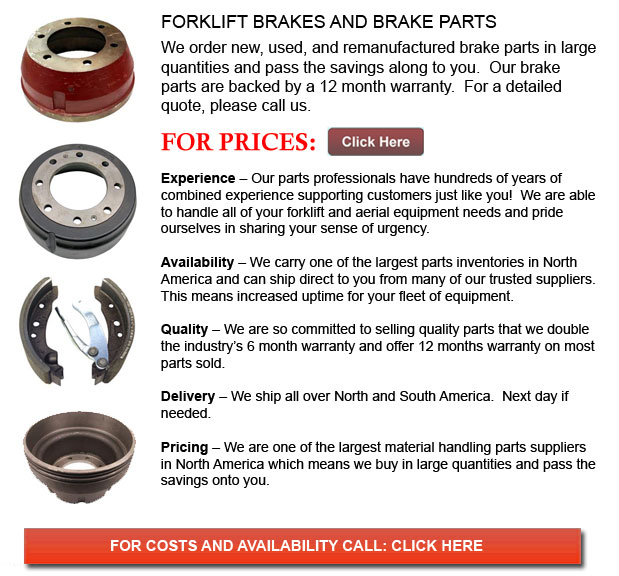
Forklift Brakes - A brake in which the friction is supplied by a set of brake pads or brake shoes that press against a rotating drum unit referred to as a brake drum. There are several specific differences between brake drum types. A "brake drum" is normally the definition given whenever shoes press on the interior surface of the drum. A "clasp brake" is the term used to describe when shoes press against the exterior of the drum. One more kind of brake, known as a "band brake" uses a flexible belt or band to wrap round the exterior of the drum. Whenever the drum is pinched in between two shoes, it could be called a "pinch brake drum." Like a conventional disc brake, these kinds of brakes are quite uncommon.
Early brake drums, prior to nineteen ninety five, required to be consistently adjusted so as to compensate for wear of the shoe and drum. "Low pedal" could cause the required adjustments are not carried out sufficiently. The vehicle can become dangerous and the brakes can become useless if low pedal is mixed along with brake fade.
There are some various Self-Adjusting systems for braking on the market these days. They can be classed into two separate categories, the RAI and RAD. RAI systems are built-in systems that help the tool recover from overheating. The most popular RAI manufacturers are AP, Bendix, Lucas, and Bosch. The most famous RAD systems consist of Ford recovery systems, Volkswagen, VAG, AP and Bendix.
Self repositioning brakes normally make use of a device which engages just if the vehicle is being stopped from reverse motion. This stopping method is satisfactory for use where all wheels utilize brake drums. The majority of vehicles these days make use of disc brakes on the front wheels. By functioning only in reverse it is less possible that the brakes will be adjusted while hot and the brake drums are expanded. If tweaked while hot, "dragging brakes" can occur, which raises fuel consumption and accelerates wear. A ratchet tool which becomes engaged as the hand brake is set is another way the self repositioning brakes could work. This means is just suitable in applications where rear brake drums are used. If the parking or emergency brake actuator lever goes beyond a certain amount of travel, the ratchet advances an adjuster screw and the brake shoes move toward the drum.
Located at the bottom of the drum sits the manual adjustment knob. It can be tweaked utilizing the hole on the opposite side of the wheel. You would have to go underneath the vehicle utilizing a flathead screwdriver. It is really significant to be able to adjust every wheel equally and to be able to move the click wheel correctly since an uneven adjustment may pull the vehicle one side during heavy braking. The most effective way to be able to make sure this tiresome task is completed safely is to either lift each wheel off the ground and spin it by hand while measuring how much force it takes and feeling if the shoes are dragging, or give every\each and every one the exact amount of manual clicks and then perform a road test.
![]() Click to Download the pdf
Click to Download the pdf
Forklift Parts
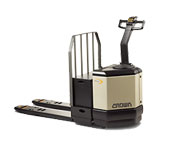
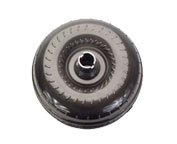
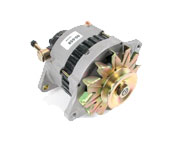
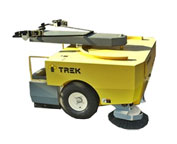
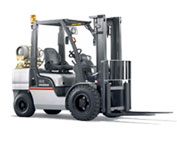
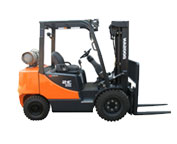
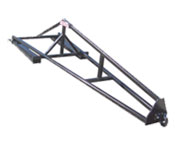
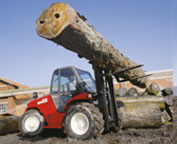
Lift Parts Express
TOLL FREE: 1-888-695-7994
LOCAL: 602-910-6603
2942 N. 24th St Suite 114-798
Phoenix, Arizona
forkliftpartsphoenix.com
Email Us
About Us


